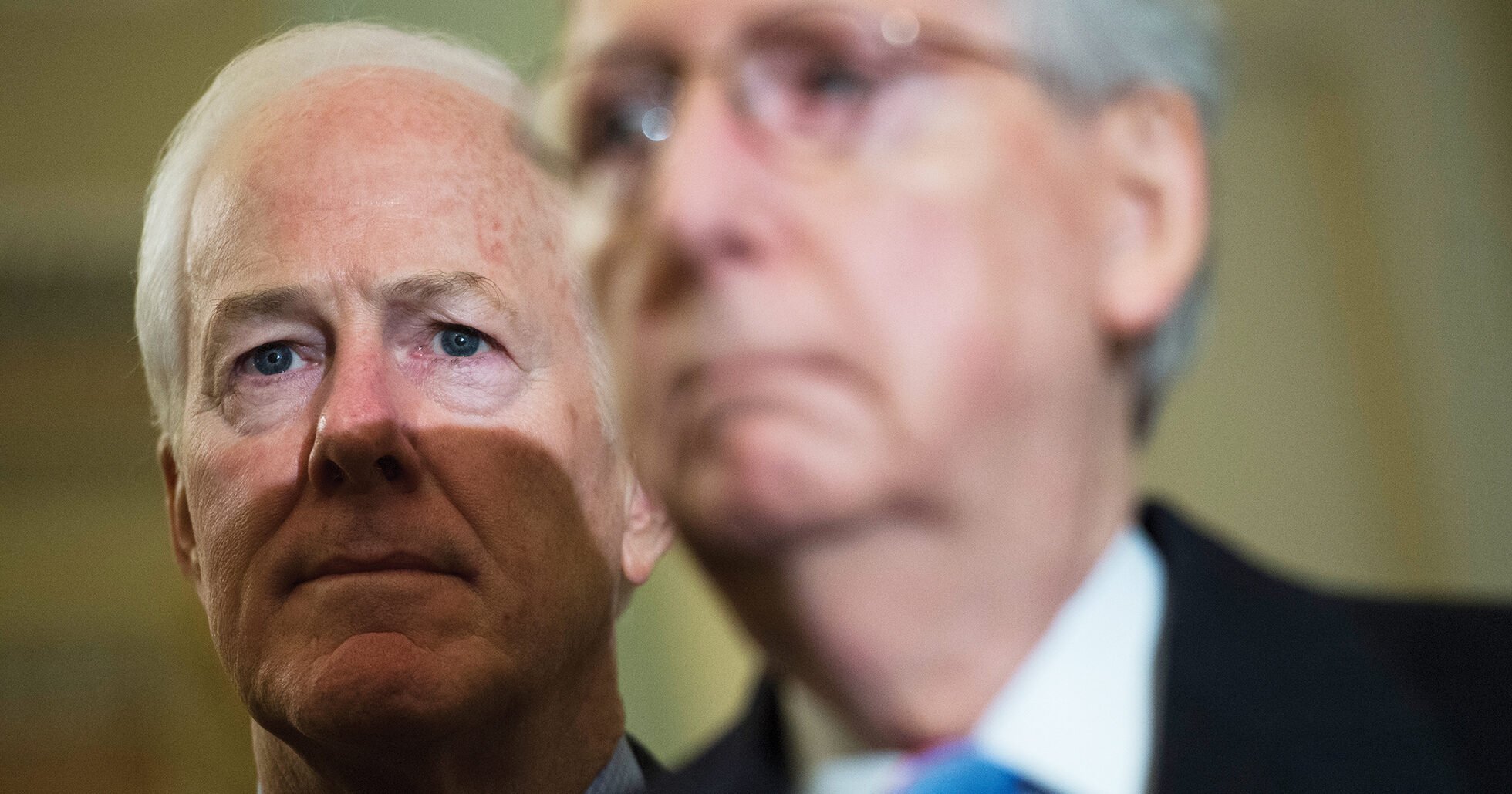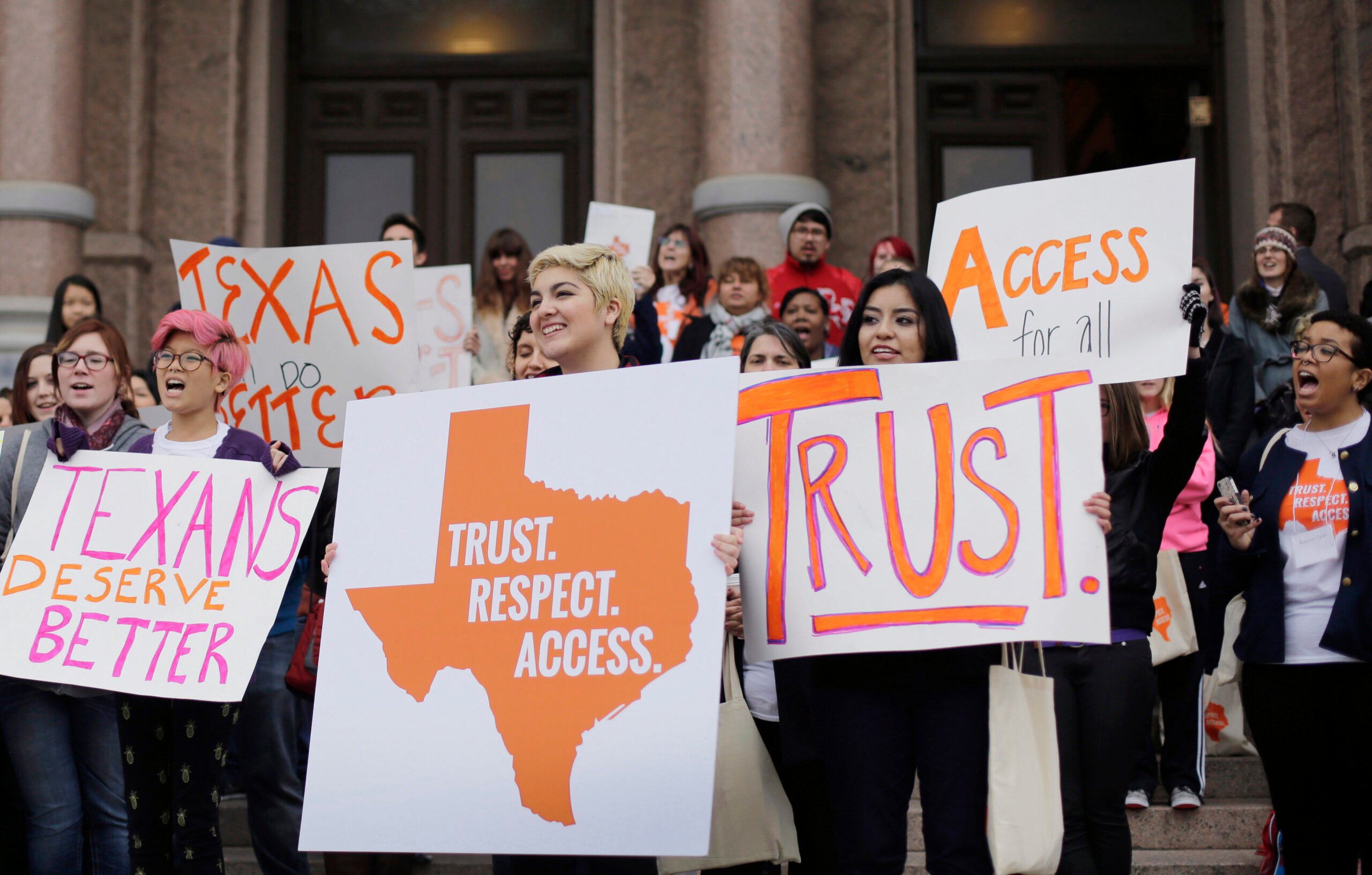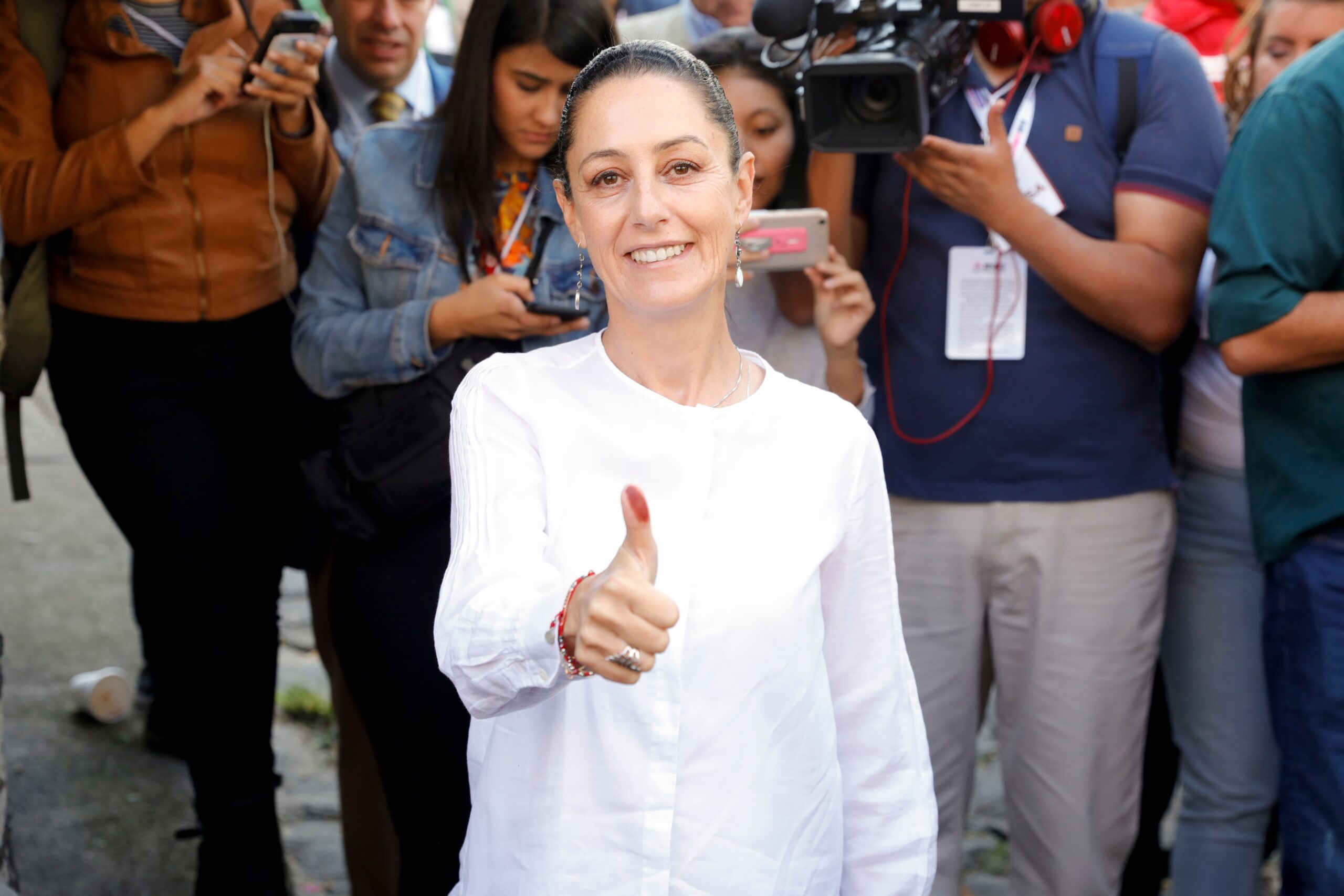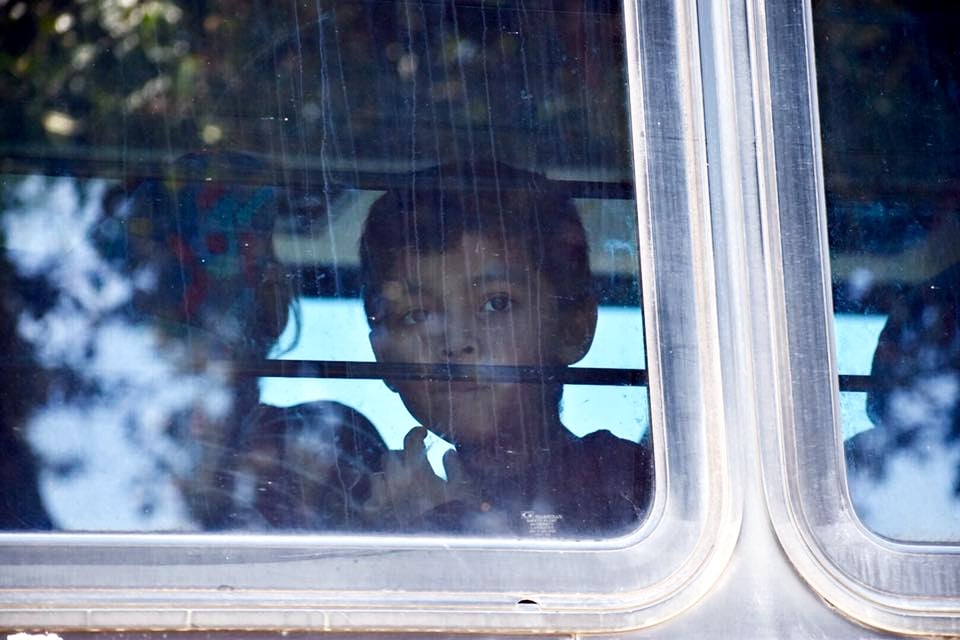
In ‘Separated,’ One Journalist’s Close-up View of the Family Separation Crisis
Jacob Soboroff’s new memoir is a thorough account of how such a cruel policy came to be and how it traumatized hundreds of children and their families.
Above: Children leave a detention center on a bus.
After a bitterly contested Supreme Court justice confirmation, a midterm election, the release of the Mueller Report, presidential impeachment proceedings, a global pandemic, and a mass uprising for policing reform, the heart-wrenching human rights crisis that unfolded on the southern U.S. border in the spring and summer of 2018 may seem a distant memory to those who did not directly live through it. In Separated: Inside an American Tragedy, NBC News correspondent Jacob Soboroff mines his memories of the forced separation of immigrant children from their families in order to freshen our own, documenting one of the most shameful chapters in modern American history.
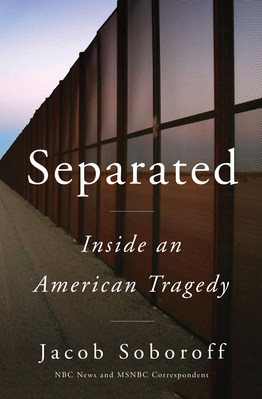
By Jacob Soboroff
Custom house
$29.99; 400 pages
The book takes the form of a reporter’s memoir, and operates on one level as a chronicle of how 21st-century journalism works. Soboroff recounts how his coverage of immigration issues that year gradually came to focus on the Trump administration’s policy of family separation, admitting that early in 2018, he was unaware of the issue. Eventually, he would be among the first reporters allowed inside immigrant detention centers in Texas. There, he witnessed firsthand the appalling conditions—overcrowded bunk rooms, chain-link enclosures filled with asylum seekers wrapped in silver mylar blankets—that would bring his reporting international attention. He was among the first observers to call those enclosures “cages.” Despite the protests of at least one high-ranking Border Patrol official and other apologists for the separation policy, he stands by the description.
But Soboroff does not hold himself forth as any kind of journalistic hero. He gives full credit to other reporters, such as the Houston Chronicle’s Lomi Kriel and the New York Times’ Caitlin Dickerson, for breaking the family separation story, providing him leads to follow. He admits errors in his reporting and confesses that the horror he felt about the situation led him to offer characterizations that many would consider breaches of journalistic objectivity. The book’s personal frame, including Soboroff imagining being separated from his own young son, serves as a reminder that journalists are only human.
“What started as an exploration of realities of life along both sides of the border became, for me, a lesson in how thirty years of failed border policy led to the present moment, wherein thousands of young children, under the guise of ‘deterrence,’ were likely to be permanently traumatized in the pursuit of a political goal. And understanding how separated I was from the realities of bipartisan American border policy was a lesson I learned belatedly, as a journalist and a citizen,” Soboroff writes.
In some passages, as when he describes NBC producers’ decision-making regarding coverage, Soboroff’s personal recollections add relevant context, but at other moments they seem extraneous. Do we need to know that late-night TV host James Corden once tweeted at him? No. Such anecdotes, however, are merely the book’s scaffolding. It is built from a thorough account of how such a cruel policy came to be and how it traumatized hundreds of children and their families.
Soboroff chooses one separated father and son as exemplars of the family separation crisis. Juan and his teenage son José fled Guatemala, leaving family members behind, after they received death threats from a drug cartel. Paid traffickers got them over the border into Arizona, where they were immediately arrested and separated, despite Juan’s assertion that they were seeking asylum. Juan was transported to a federal prison in Victorville, California, while José ended up in a youth detention center in Harlingen, Texas. Their story serves as a throughline in the book, providing faces and names to those seeking asylum in the U.S., people often dehumanized by right-wing media and leadership as criminals or invaders. It’s an effective way to bring the broader story home. When Juan expresses some trepidation about reuniting with José, feeling guilt about his role in causing his son’s suffering, the conflict of immigrants facing no good choices becomes clear. They too are only human.
The kind of history one might expect from a book about the family separation crisis is plentiful here as well. Using a straightforward chronological structure and a raft of discovered official documents, Soboroff reveals what happened behind the scenes in Washington to enact the Trump administration’s zero-tolerance immigration policy. To his credit, Soboroff does not spare the Clinton and Obama administrations, whose deterrence-based policies planted seeds that flourished, fed by nationalist manure, under Trump and Stephen Miller, the president’s chief advisor on immigration and one of the country’s most influential racists.
But the story is not only one of villainy. Unsung heroes emerge, too, especially Commander Jonathan White, a veteran federal public health professional who first warned of the damage family separation would cause and later was called upon to clean up its tragic aftermath. White’s story, along with those of other players who, for example, kept unofficial lists of children separated from their families when no other record existed, deserve the spotlight Soboroff shines on them.
Separated takes a well-deserved place among the multiple accounts of the Trump administration’s machinations as one journalist’s up-close view of an extremely painful moment in the nation’s history. The book is less interesting as a memoir than as a reminder of the immorality of a government that intentionally caused the suffering of young children and toddlers to coerce asylum seekers to abandon their claims.
“By their measure, the Trump administration succeeded in one respect—the act of separations and the damage it caused to thousands of parents and children,” Soboroff writes in an epilogue. “But where they failed, and will continue to fail, was to quash the determination, perseverance, and love that those they tortured share.”
Read more from the Observer:
-
Between Borders: From a doctor stranded in Ciudad Juárez to a shelter closed after an outbreak, COVID-19 is hitting hard along the Texas-Mexico border.
-
The Texotics: As Texas landowners breed exotic animals like kudu and nilgai, they’re running a massive unplanned and unregulated natural experiment.
-
The Traveling Midwife: In far West Texas, some women have to travel hours to give birth, endangering themselves and their babies. Could midwives help fill in the gap?
